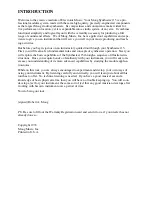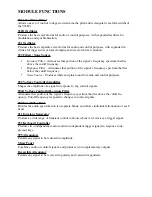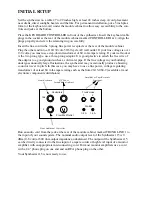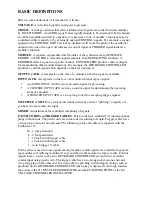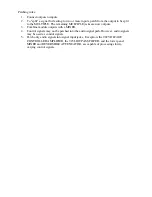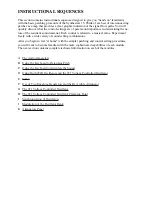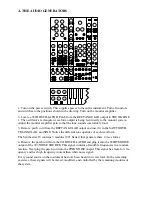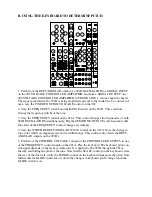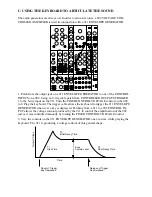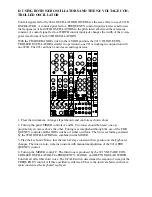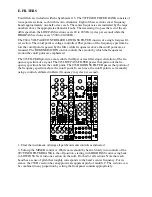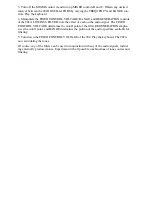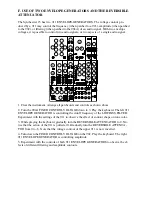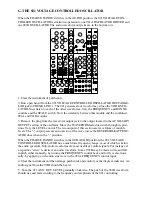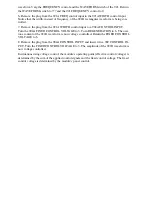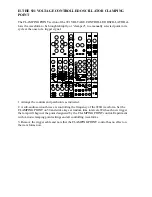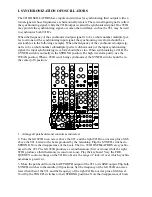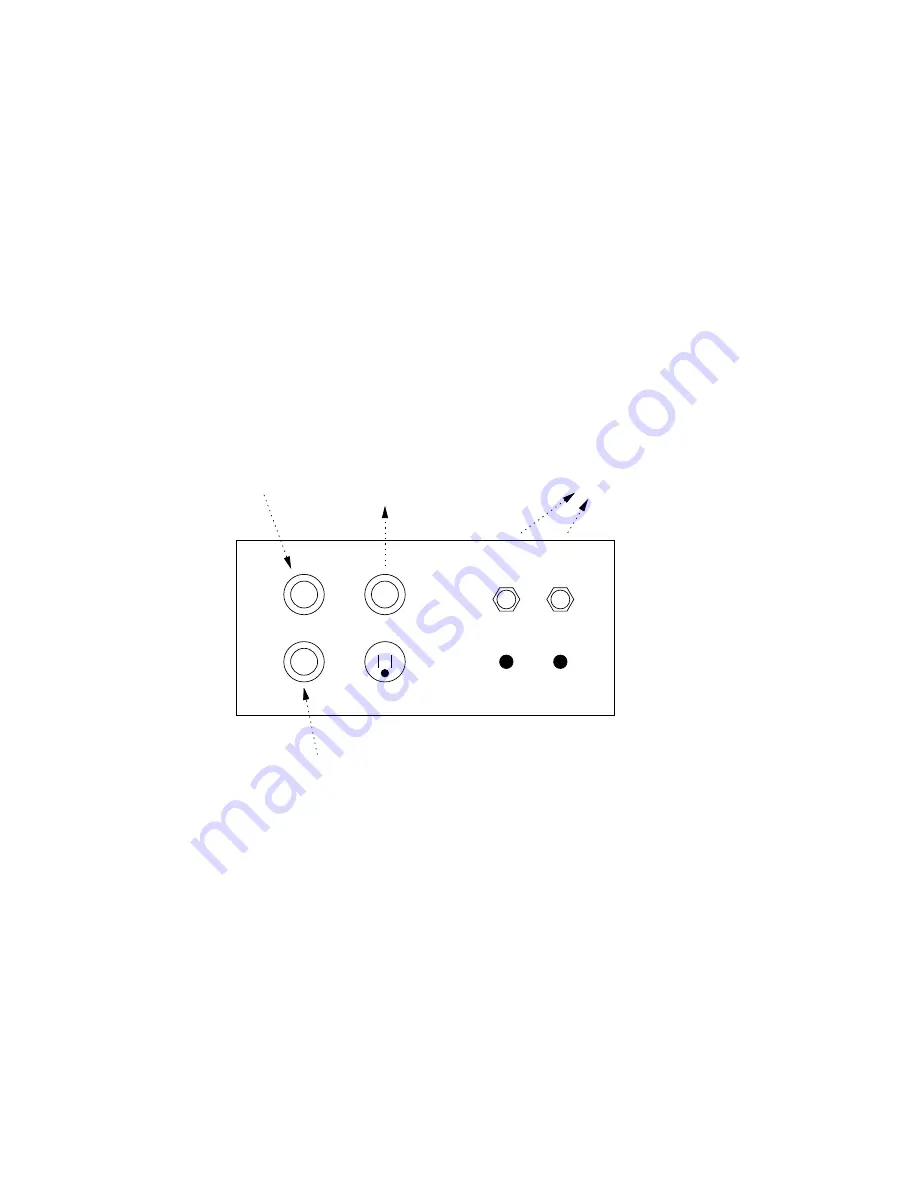
INITIAL SETUP
Set the synthesizer on a table 27 to 29 inches high, at least 24 inches deep. Avoid placement
near drafts, direct sunlight, heaters and the like. For permanent installation, put a 5 inch plat-
form (or the keyboard cover) under the module cabinet to allow easy accessibility to the con-
trols and jacks at the bottom.
Place the KEYBOARD CONTROLLER in front of the synthesizer. Insert the keyboard cable
plugs in the socket at the rear of the module cabinet marked CONTROLLER I & 2. Align the
plugs properly and screw the retaining ring on carefully.
Insert the line cord in the 3-prong line power receptacle at the rear of the module cabinet.
Plug the other end into a 110/130 volt, 50/60 cycle AC wall outlet. If your line voltage is over
130 volts, you must use a step-down transformer of 60 volt-ampere rating. If your wall socket
is the two prong type, use a three-prong adaptor. It is good practice to attach the free wire of
the adaptor to a good ground such as a cold water pipe. If the line voltage in your building
undergoes unusually large fluctuations, the synthesizer may occasionally produce a buzzing
sound or waver in pitch. In this case, you may have to use a line power, voltage regulating
transformer of at least 60 volt-ampere rating such as the Sola 20-13-060-2 (available at most
electronic components distributors).
Controllers
1/2 A
1.5 A
Trunk Lines
1&2
3
From Wall Outlet
2
1
Slo-Blo
Line input
Amplifier or Tape Recorder
for additional cabinet
DC Power
From Keyboard
From Additional Controller
Run an audio cord from the jack at the rear of the module cabinet marked TRUNK LINE 1 to
the input of your sound system. The nominal audio output level of the Synthesizer 15 is 0
dBm (0-8 volt) at 600 ohm output impedance, unbalanced. The output of the Synthesizer 15
can be directly connected to the line input of a tape recorder or high level input of a monitor
amplifier with an appropriate interconnecting cord. For most monitor amplifiers use a cord
with a 1/4" phone plug on one end and an RCA phone plug on the other.
Your Synthesizer 15 is now ready to use.


